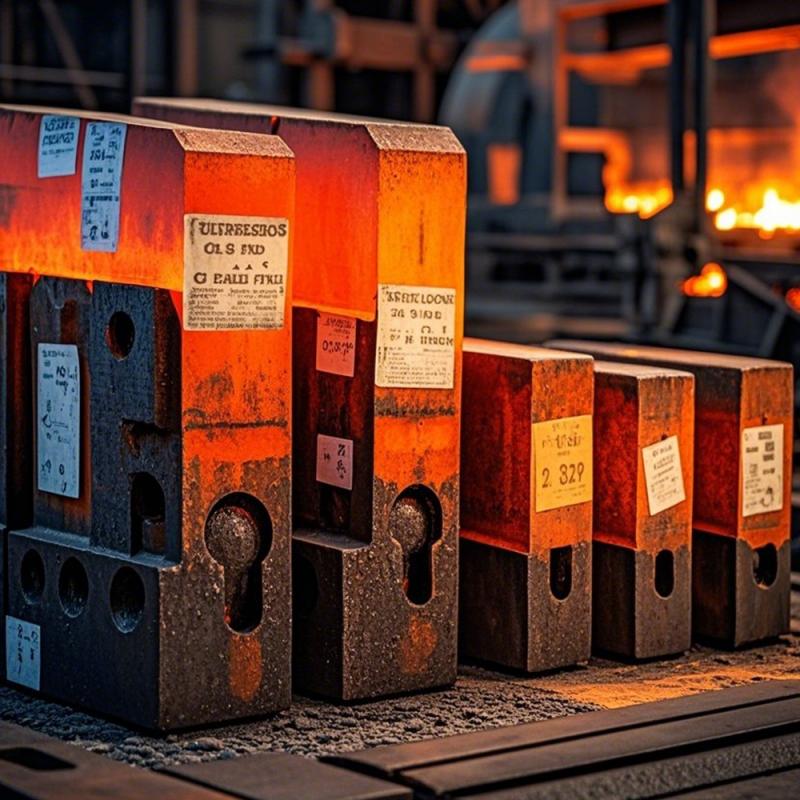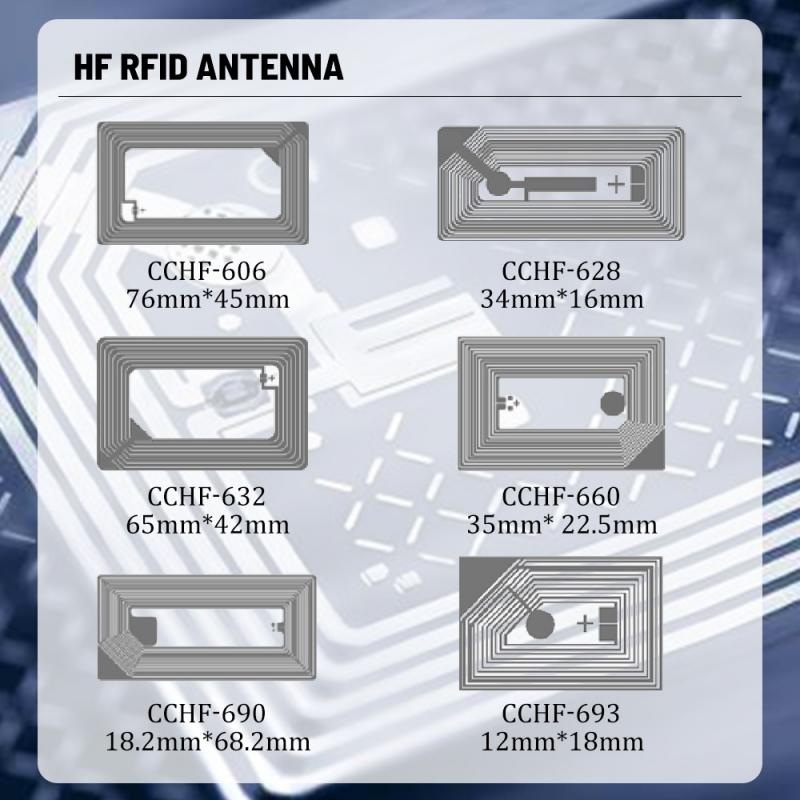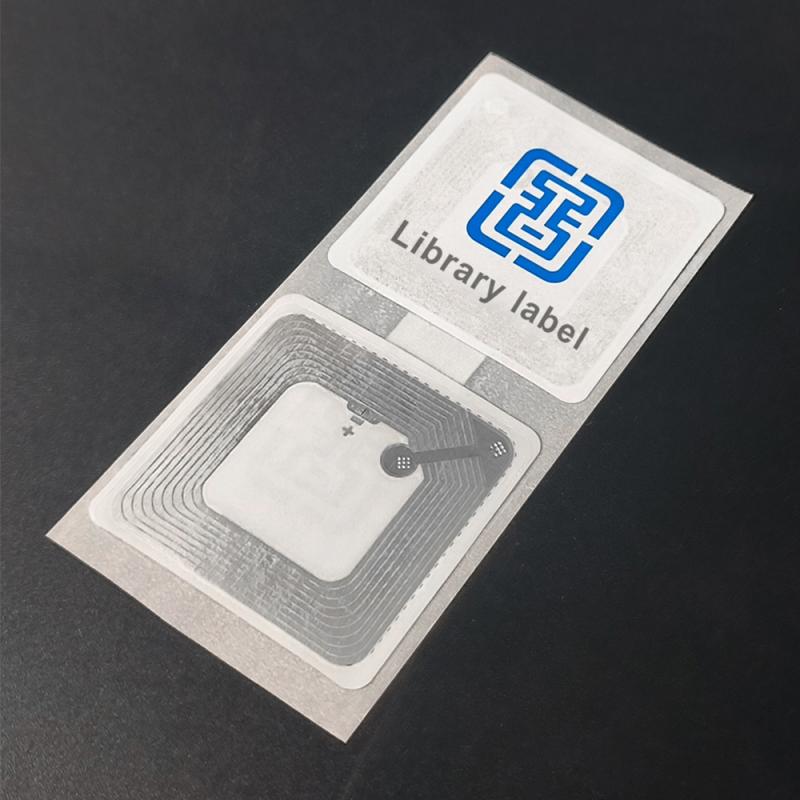Top Uses of RFID Temperature Tag Calibrated For -20c To 60c Range
By hqt
RFID Temperature Tag Calibrated For -20c To 60c Range is changing how teams track temperature on the move. It turns quick scans into clear facts. Who, where, and what – captured in one step. Less guesswork. Fewer delays. Think cold chain, pharma, fresh food, and more. Stops become smarter. Reports become audit-ready. Yet the biggest wins aren’t always obvious. Some uses save hours a week. Others prevent silent losses you never saw coming. Curious where the hidden value lives? Keep reading to discover the top real-world applications – and how Crystal Code helps you unlock them.
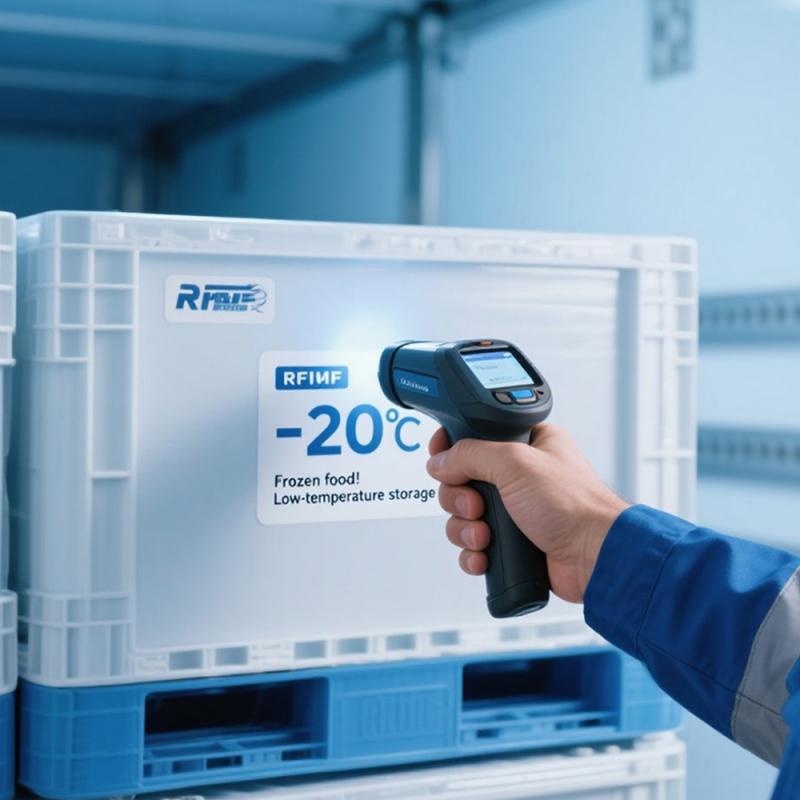
Top Uses
At Crystal Code, we design sensing labels for real work, not lab demos. Our RFID temperature measurement sticker label operates on global UHF bands (860–960 MHz) and follows EPCglobal UHF Class 1 Gen2 / ISO 18000-63. That means it drops into existing readers, portals, and middleware with no custom patchwork. A single scan brings back three essentials at once – identity (who), location (where), and temperature status (what). You shorten checks, remove handwritten logs, and make release decisions faster and with less risk.
1) Cold Chain And Perishables
Food and beverage routes hide many thermal blind spots. Doors open. Trucks queue. Pallets wait on docks. With a tag calibrated for the −20 °C to 60 °C band, you cover both chilled and ambient segments without swapping tools. Active versions include a built-in battery to log data on a schedule or on demand, storing thousands of points for later review. Passive options are ideal for checkpoint reads where power is not needed. Typical accuracy sits between ±0.3 °C and ±0.5 °C at 25 °C, so small drifts do not slip past your team.
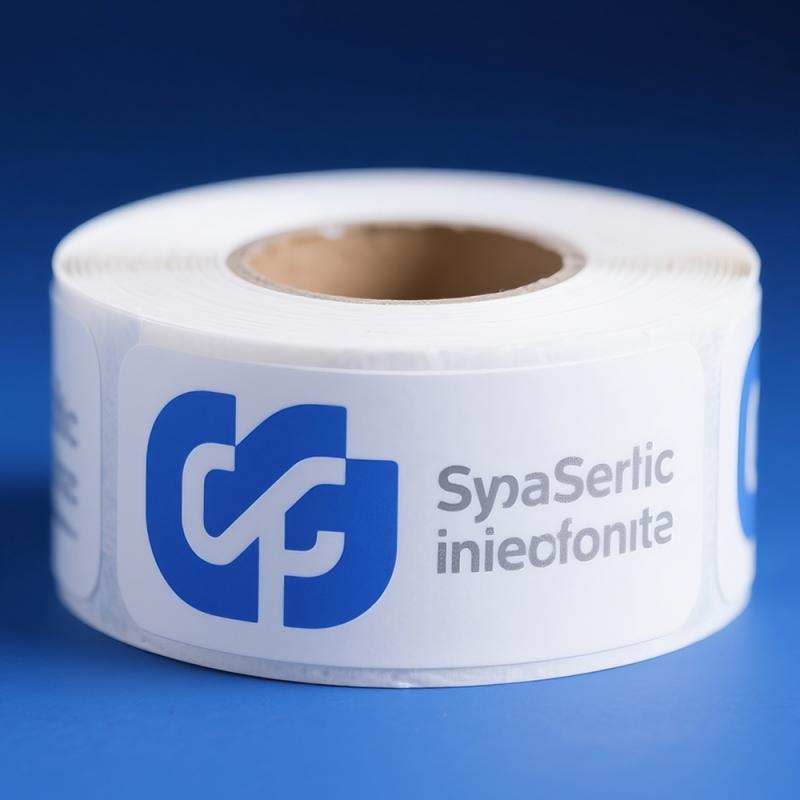
Durability matters on real routes. Our industrial-grade construction meets IP67/IP68 for water, dust, and shock resistance. Packaging tolerates damp docks, low-temperature storage, and clean rooms. Even when the process moves outside the calibrated monitoring band, the device itself keeps operating from −40 °C to +85 °C. Handhelds, fixed gates, channel readers, and vehicle-mounted units all pull data quickly, then push it to a cloud or local platform for visual reports and exception analysis. For operators searching for a cold chain temperature monitoring tag, this combination of precision and hardiness reduces spoilage and rework without adding manual steps.
✅ Practical Cold Chain Wins
- Faster receiving and dispatch with fewer manual probes
- Earlier detection of excursions before quality is compromised
- Visual reports aligned with FDA, GDP, and HACCP expectations
2) Pharmaceuticals, Biologics, And Clinical Logistics
In life sciences, proof is as important as performance. Our seamless RFID integration pairs each item’s identity with its temperature history. That link supports airtight chain-of-custody and simplifies deviation investigations. You can upload data in real time for live alerts or in batches for controlled environments. Dashboards and audit trails are generated without spreadsheet copy-paste.
Different handling modes call for different ranges. Passive reads typically run from 0.1 m to 7 m*, which suits hoods, benches, and access points. Active configurations reach 30 m+*, supporting racks and bulk areas where speed and distance matter. The housing uses engineering ABS and epoxy resin for robust, cleanable surfaces. Certifications include CE, FCC, and RoHS, which helps align with quality system requirements and procurement policies.
✅ Compliance, Minus The Friction
- Calibrated monitoring across −20 °C to 60 °C for common pharma lanes
- One scan aggregates many items into a lot-level record
- Exception alerts focus teams on the at-risk few, not entire pallets
How Crystal Code Simplifies Rollout And Scale
Rollouts stall when systems refuse to talk. We built our RFID Temperature Tag Calibrated For -20c To 60c Range to speak the standards your tools already understand. EPC Gen2 compatibility means day-one connectivity with enterprise UHF infrastructure. The payload includes identity, location, and temperature status together, so your WMS or LIMS does not need custom stitching or fragile scripts. Operators scan via handhelds, portals, channels, or vehicle-mounted readers and then publish to your preferred cloud or on-prem environment to produce audit-ready visualizations.
Many industries face the same pain points: inconsistent logging, siloed data, and devices that fail under stress. Our tag answers these with rugged IP67/IP68 protection, active and passive read options, and high-accuracy sensing. The calibrated −20 °C to 60 °C band tracks the temperatures that actually govern quality decisions in chilled and ambient flows. Meanwhile, the device’s −40 °C to +85 °C operating range prevents downtime during cleaning, defrost cycles, or hot loading zones. The result is consistent data capture and fewer gaps in your records.
✅ Key Specifications (At A Glance)
- RFID Protocol: EPCglobal UHF Class 1 Gen2 / ISO 18000-63
- Operating Frequency: 860–960 MHz (Global)
- Read Range: Passive 0.1-7 m*; Active up to 30 m+*
- Temperature Accuracy: ±0.3 °C to ±0.5 °C (typ. @ 25 °C)
- Ingress Protection: IP67 / IP68
- Operating Temperature: −40 °C to +85 °C
- Housing Material: Engineering ABS / Epoxy Resin
- Certifications: CE, FCC, RoHS
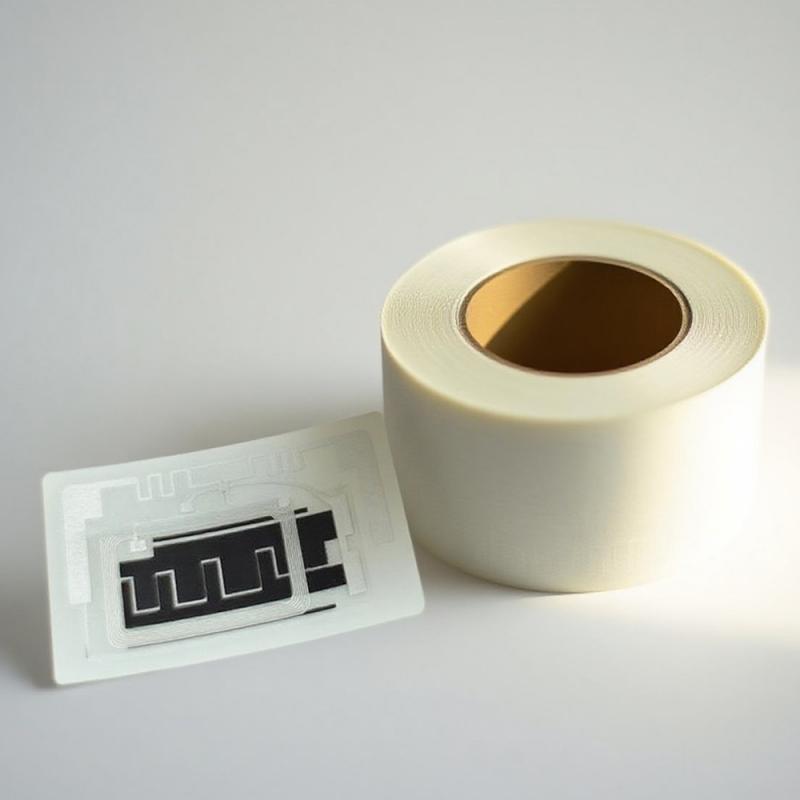
✅ Where The Value Shows Up
In receiving, fewer touches and faster go/no-go decisions cut dwell time. In storage, continuous logging makes exceptions obvious, so staff act on signals, not noise. In transport, real-time or batch uploads provide a clean trail for customer service and audits. In quality, one report ties identity, location, and temperature, which speeds root-cause analysis. Over time, this discipline reduces write-offs, supports shelf-life claims, and strengthens partner confidence.
✅ Implementation Tips From The Crystal Code Team
• Map your critical control points before installation; place tags where air temperature reflects product risk.
• Standardize read intervals per lane (e.g., receiving, staging, long-haul) to simplify analytics.
• Use dashboards to compare planned vs. actual dwell times; investigate outliers early.
• Start with one site or one route, then replicate the playbook across the network.
Why Choose Crystal Code For Calibrated RFID Sensing
You need more than a sensor – you need a dependable workflow. Crystal Code focuses on the end-to-end path: accurate capture, resilient hardware, and simple reporting. Our RFID Temperature Tag Calibrated For -20c To 60c Range delivers the facts your teams need in the field, at the dock, and in the lab. It integrates with mainstream UHF RFID systems, supports both passive and active read scenarios, and stands up to water, dust, and shock. If you are comparing solutions and searching for a UHF RFID temperature tracking label, look for this trio: standards-based radio, audit-ready data, and rugged design. That combination is where speed-to-value comes from.
Most importantly, your data remains actionable. One scan ties the “who, where, and what” together. Exceptions rise to the top. Visual reports satisfy auditors without a scramble. And because the device endures tough conditions, you spend less time replacing hardware and more time improving service levels. The payoffs show up as fewer thermal excursions, reduced manual labor, and stronger customer satisfaction.
Call To Action
Ready to close thermal blind spots? Pilot Crystal Code’s RFID Temperature Tag Calibrated For -20c To 60c Range on a single route or within one facility. Our team will help map critical points, set sampling intervals, and configure reports that align with FDA, GDP, and HACCP expectations – so you move from reactive firefighting to proactive control.
*Actual read range depends on reader power, antenna gain, environment, and tag placement.
- Agodeo inkjet vinyl sticker paper
- AIVA printable vinyl sticker paper
- best inkjet vinyl sticker paper for outdoor use
- cheap printable vinyl sticker paper for outdoor use
- cold chain temperature indicator
- color-change temperature sticker
- Cricut vinyl sticker paper inkjet
- custom vinyl sticker printing
- DIY sticker paper sheets
- durable waterproof sticker paper for inkjet printers
- electronics temperature sticker label
- glossy inkjet vinyl sticker paper
- hot equipment warning sticker
- industrial temperature indicator label
- inkjet sticker paper for Cricut
- matte inkjet sticker paper
- medical temperature indicator sticker
- multi-point irreversible temperature sticker
- Neato vinyl sticker paper
- one-time temperature indicator label
- orajat 1917 printable vinyl
- peak temperature measurement label
- printable vinyl for car decals
- printable vinyl for laptop stickers
- printable vinyl for scrapbooking
- professional quality inkjet vinyl sheets
- reversible temperature monitor label
- self-adhesive printable vinyl
- shipping temperature indicator label
- Tear-resistant sticker paper
- temperature indicator for food safety
- temperature monitoring sticker for transport
- vinyl sticker paper for labels
- waterproof printable vinyl paper
- where to buy inkjet vinyl sticker paper





